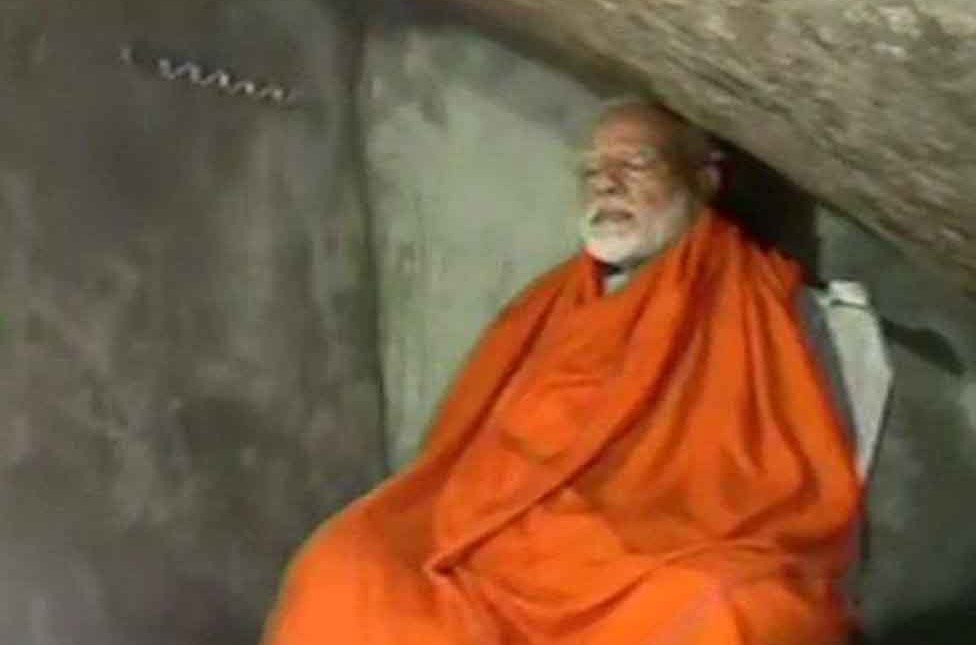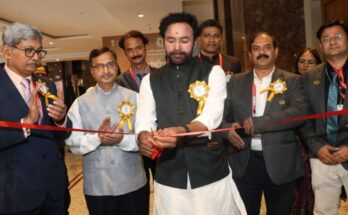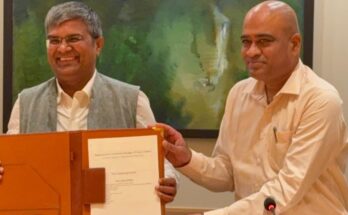By Nalini Ranjan Mohanty
Today is the last phase of our Lok Sabha elections. By the evening today, the exit polls will tell us about the probable outcome of this momentous exercise. The exit polls may not always be correct (in Australian national elections on Saturday, the exit polls had predicted a Labour Party win, but the results on Sunday saw the Conservatives retain power in Australia), but they show a general direction of the voters’ mood that often comes true. The actual picture will, of course, come alive by May 23 afternoon.
All that we can do in the meanwhile is speculation.
Narendra Modi is the central character of this election. The BJP makes us believe that in every constituency that the party is contesting, the individual candidates are the dummy ones; people will vote for or against Modi. If that is the case, how many seats will the Prime Minister deliver for his party?
I had speculated two weeks ago that the ruling BJP will get around 200 seats. That will make it the single largest party, but that would indicate a sharp fall from its glorious days of May 2014 when BJP had won a whopping 282 seats.
Has the situation changed in the last two weeks or it remains the same? I would still stand by the 200 number, though many of my friends who have the ear to the ground tell me that the BJP’s tally would be considerably less.
But there is another side to the story. I live in an apartment complex dominated by the defence services veterans. Many of them tell me that Modi would be able to manage close to 300 seats for the BJP. They say that if TV editors like Prannoy Roy and Rajdeep Sardesai, who are by no means Modi well-wishers, show the visuals of overwhelming support for Modi — voices against Modi are few and far between in their election reports – then it must be accepted that these gentlemen can’t find many anti-Modi voters in most parts of the country.
But then, for me, it would be a miracle if Modi improves his 2014 record. I am at a loss as to in which states will he be able to register a bigger victory compared to what he did five years ago?
Two states promptly come to mind: West Bengal and Odisha. In West Bengal, the BJP had won just two seats (out of 42). With the determined effort to communally polarise the Bengali electorate, how many seats can the Modi-Shah machine wrest from Mamata Banerjee’s TMC? Let us assume that BJP increases its numbers by five times and wins 10 seats. That would be a gain of eight seats.
In Odisha, BJP had won just one out of the 21 seats in the state. Let us assume that it takes advantage of anti-incumbency against Naveen Patnaik’s BJD, which has been in power since 2000, and increases its tally by five times. That makes it a gain of four seats.
BJP might open its account in Kerala with one seat; in Tamil Nadu, riding piggyback on AIADMK, it might add one or two seats to its kitty.
But are there any other states where the BJP can increase its number? Take the biggest state, Uttar Pradesh, which sends 80 MPs to Lok Sabha. BJP had won 71 seats in 2014 (its ally had won another two). A Modi supporter cannot even daydream that these numbers can be improved.
In fact, with the formidable SP-BSP alliance in place, exit polls had said – before the Model Code of Conduct was enforced – that the BJP would lose as many as 40 seats in Uttar Pradesh alone.
Take the twin state, Uttarakhand. BJP had won all the five seats in the Modi wave. It would certainly lose a couple of seats this time.
Then come to another big state, Bihar, where the BJP had been victorious in 22 of the 40 seats. The possibility of increasing its tally here does not arise as the party is contesting in only 17 seats. It would be considered a good show if BJP wins 12 seats on its own this time. That would be a net loss of 10 seats in Bihar.
In the adjacent Jharkhand, the BJP had won 12 out of 14 seats in 2014. With a formidable opposition alliance in place in this election, the BJP is likely to lose at least half the seats.
Consider the other Hindi heartland state, Madhya Pradesh. BJP had won 27 out of the 29 seats in 2014 when BJP was in power in the state as well. Last December, BJP lost power to the resurgent Congress in the state election. One can reasonably expect that the BJP would lose at least half the seats it won in the 16th Lok Sabha. That would mean a loss of 10 to 12 seats.
In the twin state of Chhatisgarh, BJP had won 10 out of the 11 seats. In the December state election, the Congress swept the polls. It is quite likely that BJP would lose at least five to six seats in the state.
In Rajasthan, the Modi wave had completely decimated the opposition. The BJP had come up trumps in all the 25 seats in the state. In last December, BJP lost power to the Congress in the state. That trend tells us that the BJP might lose 10 to 12 seats in Rajasthan.
Take the case of Maharashtra, another showcase for the BJP five years ago. It had won 23 out of the 24 seats it contested in alliance with the Shiv Sena. With the farmers’ distress looming, one can expect BJP’s tally to come down to just about 15 or less – a loss of at least eight seats.
In a smaller state like Haryana, BJP had won seven out of 10 seats last time. It is likely to lose one or two seats there.
In Punjab, it had won 2 seats in 2014. Now that it is contesting in just three out of 13 seats, the number is not likely to go up.
In Himachal, it had scored a perfect 10 – it had won all the four seats. That is likely to come down.
Similarly, in Assam and north-eastern states, where the BJP had a spectacular show last time, the numbers can only come down, not go up.
Coming to down south, in Andhra Pradesh, BJP may just about retain its three of the 42 seats.
In Karnataka, for the BJP to retain 17 out of the 28 seats that it had won in 2014 is a task of tall order, especially so because the rival Congress and JDS have come together in this election.
Clearly, in large parts of India where the BJP walked tall in 2014 with Modi as its new mascot, the party is now on a back foot, all the ‘Har Har Modi’ slogan notwithstanding.
It would be indeed a miracle if Modi and BJP succeed in having another stint in power!
Well, miracles happen; incumbent Australian Prime Minister Scott Morrison’s ‘shocking victory’ (by his own admission) after facing the angry electorate for months is a case in point.
Will Modi repeat the spectacular 2014 story?
(Mohanty is a veteran journalist based in New Delhi)




